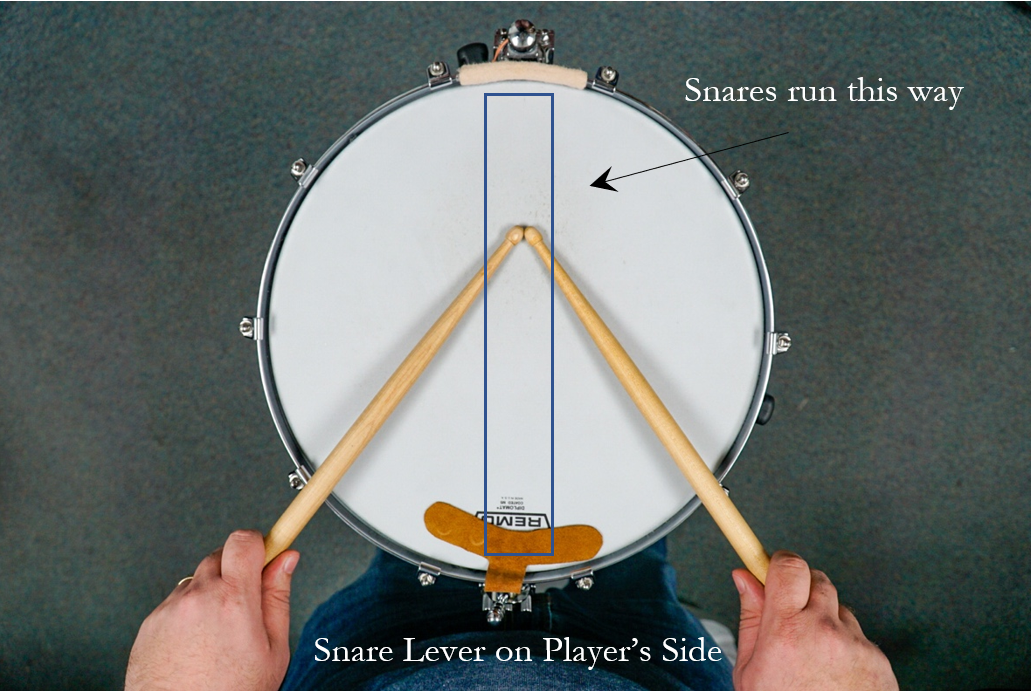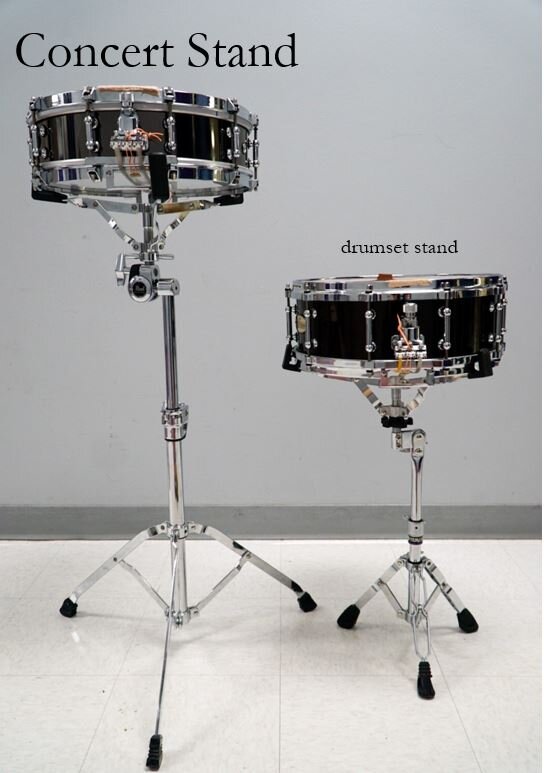What is Percussion Talk?
Percussion Talk is an idea that has been brewing around my head for a while. This idea started in conversations I would have with my wife, a non-percussionist music educator, about daily issues she would face when interacting with her percussionists throughout the day. Even though we have been married many years, she still has great questions about percussion education that made me think, “how can I help other music educators with these same issues?”
This question led me to my 2020 TMEA Convention clinic titled, Ten Things Your Percussion Methods Teacher Wants You to Remember. BUT…..it still wasn’t enough. I want to get this information in the hands of as many educators as possible, and so this blog was born.
The first planned posts will cover basic set up and other common issues I see a lot in the classroom. But that isn’t all I want this blog to be:
Ideally, I want this blog to be a two way street through social media. I want to hear what people on the front lines of music education want to discuss! If you encounter a percussion related problem throughout your week that you think other people might struggle with, comment below at the end of this post or on my social media!
Let’s get into the percussion stuff!
Snare Drum Set Up
It is important to set the snare drum up the same way every time the student approaches the instrument. This includes positioning of hardware, height of the snare drum, and relationship to the conductor/stand. If not consistent or done incorrectly, the performer may feel like they are learning an entirely new instrument when they step up to play.
The snare release lever should be between the drum and the player for easy access. This also allows the player to always play in the best possible position on the drum since they will always be playing directly over the snares.
Correct alignment of snare lever on player’s side
The drum should be just below waist level. The students’ forearms should be just below parallel and comfortable. If the student’s arms are in the incorrect position, adjust accordingly.
Correct arm position
There are two general types of snare drum stands, concert stands (designed for standing) and drumset stands (designed for sitting). Average height to tall students will need to use concert snare drum stands, but shorter students might find drumset stands more comfortable even in a standing position. Every program should have each stand available so all students can use whatever is comfortable.
Two types of snare drums stands
and last…….
Feet should be shoulder width apart!
Snare Drum Grip
When teaching new students snare drum, I like to distill snare drum grip down to a four important key points. This makes sure the student is not overwhelmed with an abundance of technical information and gives them the basics they need to jump in and develop their hands. Remember, everyone’s hands are different so your hands might look slightly different.
Grip Key Points
Thumb flat on the stick, no exceptions!
Thumb and index finger directly across from each other. Index finger will contact the stick between the first and second knuckle joint.
Middle finger should be always be in contact with the stick underneath.
Back fingers are relaxed, but still on the stick. They will assist the student when playing faster passages while still staying relaxed.
Correct snare drum grip
That is it for our first entry of Percussion Talk! I hope this information has been helpful, we are just getting started! Please comment below on anything you want to discuss future posts, or feel free to connect with me on social media.




